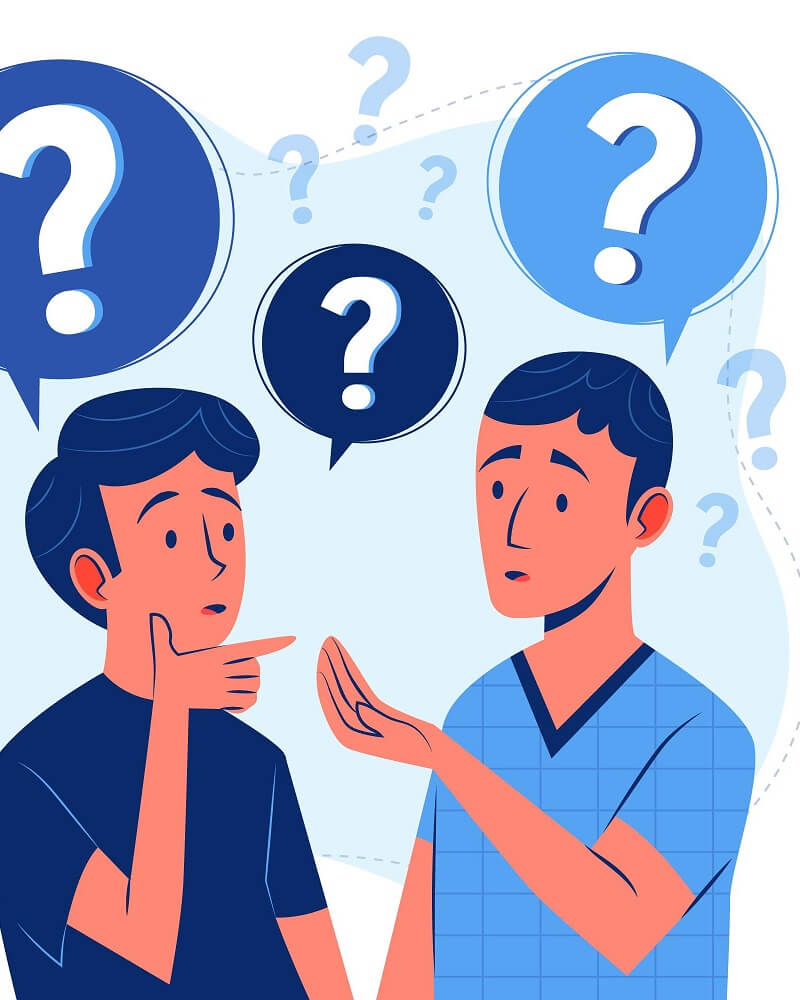PhotoReading Success – Dr George Chryssides
Leturer’s Story
From Newsletter 15…
“My wife was surprised that I could answer all the questions correctly”
Dr George Chryssides is a Senior Lecturer in Religious Studies at the University of Wolverhampton who has had remarkable results with PhotoReading.
When I first went to university as a fresher, students met their ‘Advisor of Studies’ at the beginning of the summer before their term started. He was a formidable man in a three-piece suit, and inspired confidence that what he said must be right. Having ascertained that one of my subjects was to be economics, he advised me to read a large 600-page tome over the summer. After the meeting I worked out how many pages I needed to read every day, to discover the depressing truth that 40 pages a day would be needed to get through it all.
I struggled: not only did this amount of reading demand a huge time investment, which quite spoilt my summer, but frankly the book was incomprehensible, and I failed my economics exam a year later! Fortunately, I found alternative subjects that were more my bent, but I was still a slow reader, and until I discovered Photo-Reading, a substantial book could take a week or more to complete. I once tried speed-reading, but found myself getting obsessed with rapidity at the expense of comprehension.
The fact that PhotoReading offered a different approach, with ambitious claims, and with a money-back guarantee meant that I couldn’t lose! It had to be worth a try. I chose a period when work was somewhat more flexible than usual the weeks between semesters when there were no students to teach, and when there was more opportunity to get ahead and develop new skills. I invested half an hour daily, listening to the CDs and doing the exercises faithfully. the results were surprising: to test out my degree of achievement, I PhotoRead a new book on the Dead Sea Scrolls. It took me an hour and a half, and my wife asked me quite detailed questions about it to check my level of comprehension. She was quite surprised that I could answer them all correctly.
Teaching in a university, there is a great deal to read in order to keep up with one’s subject, not to mention student essays and administrative paperwork. However, PhotoReading has spin-offs too for student learning. I suggest to my students that they define their aims, formulate questions, identify key words and acquire an overview of topics before commencing reading or even before listening to a lecturer. It does wonders for the learning process.
When I have told friends about PhotoReading they sometimes say, you don’t read books properly then? Not at all, I reply. If one’s notion of reading books is listening to each word sequentially in one’s head, without necessarily understanding it, then that is certainly not what I do. But if proper reading is quick, effective reading with good comprehension and recall, then that is what PhotoReading achieves. The techniques may be unconventional, but they certainly achieve remarkable results.


